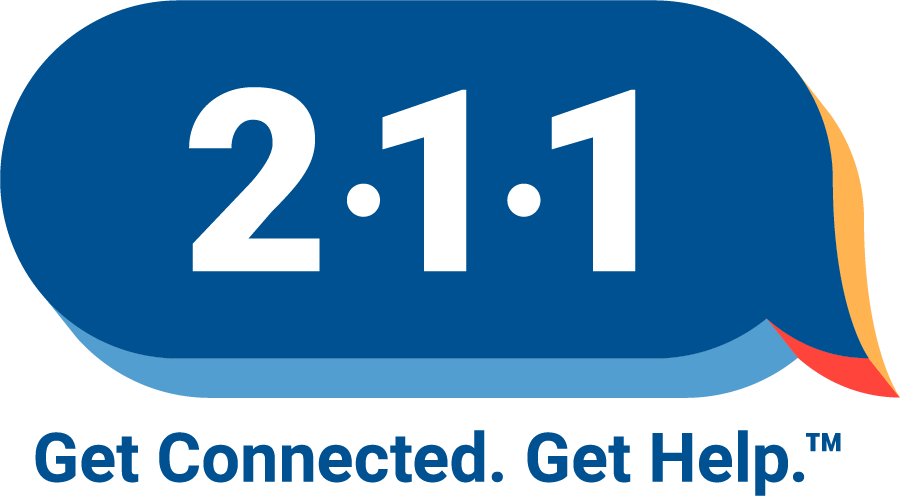Sonoma County Human Development Report 2014

On May 20, Measure of America, founders of the American Human Development Index, released “A Portrait of Sonoma County,” which measures well being throughout Sonoma County, CA. Some of its primary findings include:A Portrait of Sonoma County
- Sonoma County residents have an average life expectancy of 81.0—two years longer than the national average of 79.0 but just under California’s life expectancy of 81.2.
- Variation in educational outcomes by census tract in Sonoma County is significant and meaningful. The range in the percentage of adult residents with less than a high school diploma is huge, going from a low of 0.4% in North Oakmont/Hood Mountain to a high of 46.1% in Roseland Creek.
- Men in Sonoma County earn about $8,500 more than women. This wage gap is similar to the gap between men and women at the state level, although it is around $1,000 smaller than at the national level.
- “A Portrait of Somona County” also validates some trends occurring statewide and nationally. Median earnings are $30,214 annually in Sonoma County, which is roughly on par with earnings in California and the country. Asian Americans are leading in educational attainment (7.64), followed by whites (5.92), African-Americans (4.25) and Latinos (2.37).
“A Portrait of Somona County” also validates some trends occurring statewide and nationally. Median earnings are $30,214 annually in Sonoma County, which is roughly on par with earnings in California and the country. Asian Americans are leading in educational attainment (7.64), followed by whites (5.92), African-Americans (4.25) and Latinos (2.37).
Overall, while many social service organizations and individuals are doing outstanding work to improve outcomes for low-income populations, high disparities continue to exist in health, education and income among Sonoma County residents. These disparities, however, create opportunities for discussion and engagement on what we can do collectively to improve health, education and income outcomes, especially in high-need communities. We invite you to browse the report’s key findings and read the full report.
The American Human Development Index (HDI) shifts attention from mere material measures of economic growth, such as gross national product, to focus instead on how people are doing, what capabilities people have and what they can become. Modeled after the United Nations Human Development Report, HDI uses a simple 1 to 10 composite scale to measure how people are doing in health, education and income using publically available American Community Survey (U.S. Census) data.
California United Ways are currently supporting the development of “A Portrait of California 2014-15”, which perfectly intersects our collective impact work. It is an update to the California Human Development Report, which was released in 2011. We look forward to the new release this fall.




